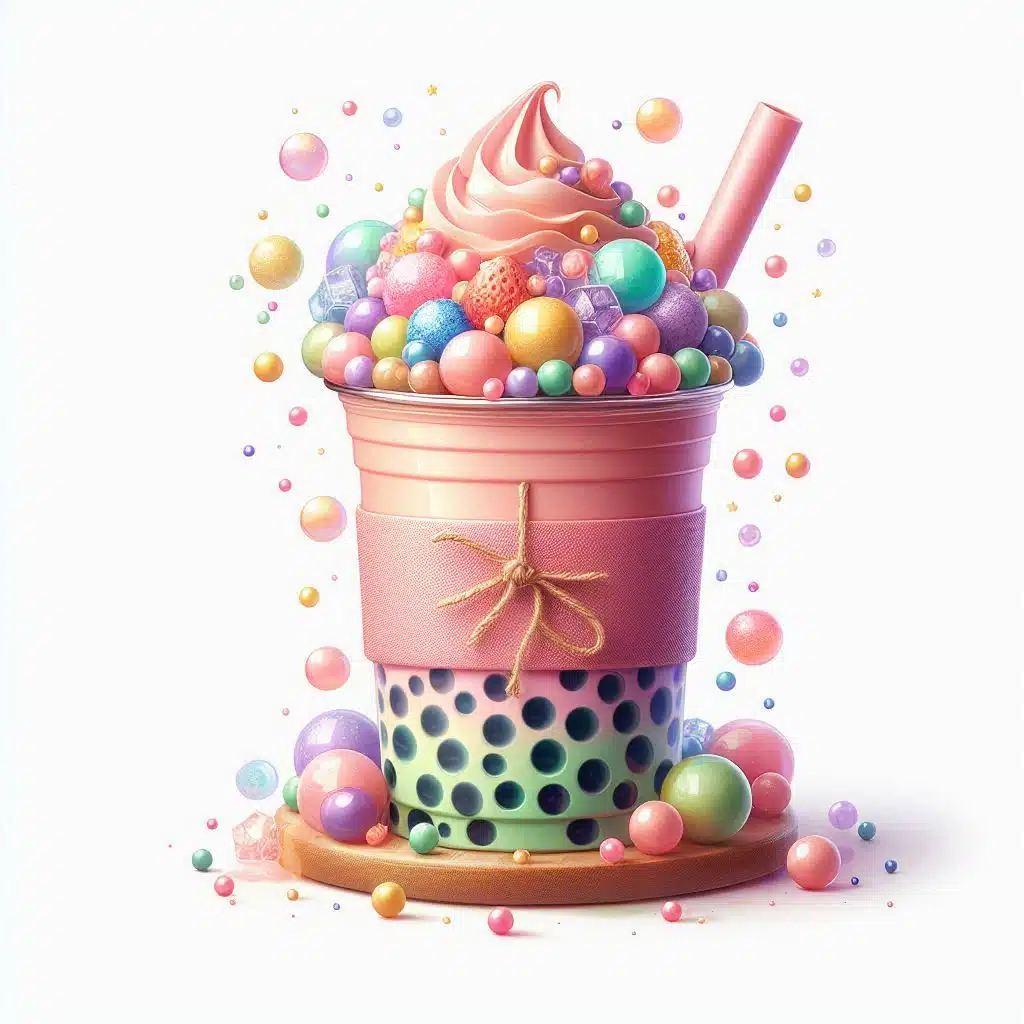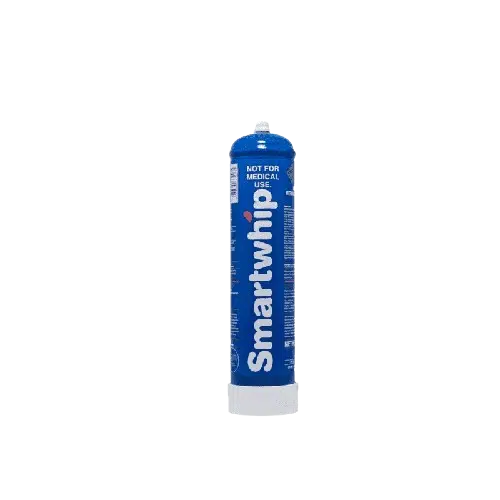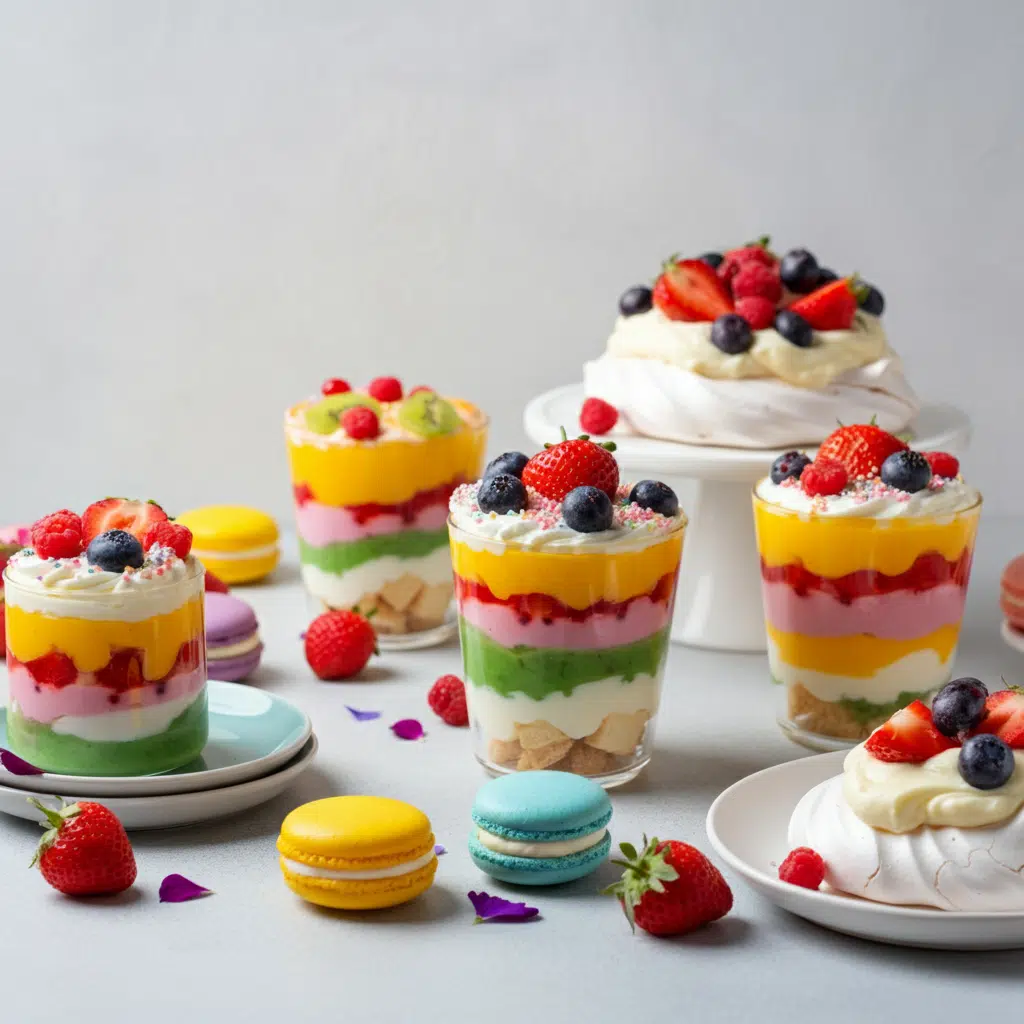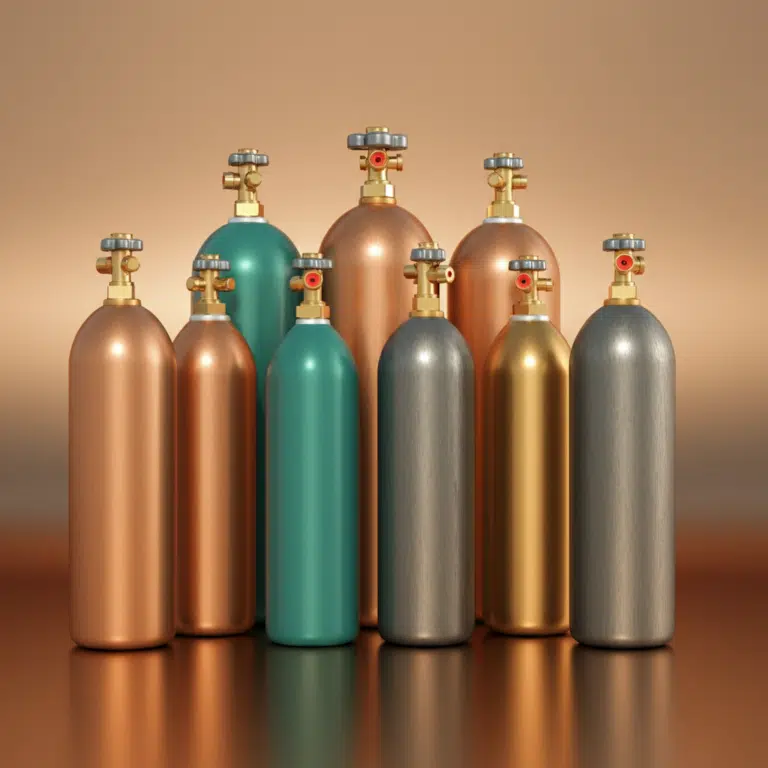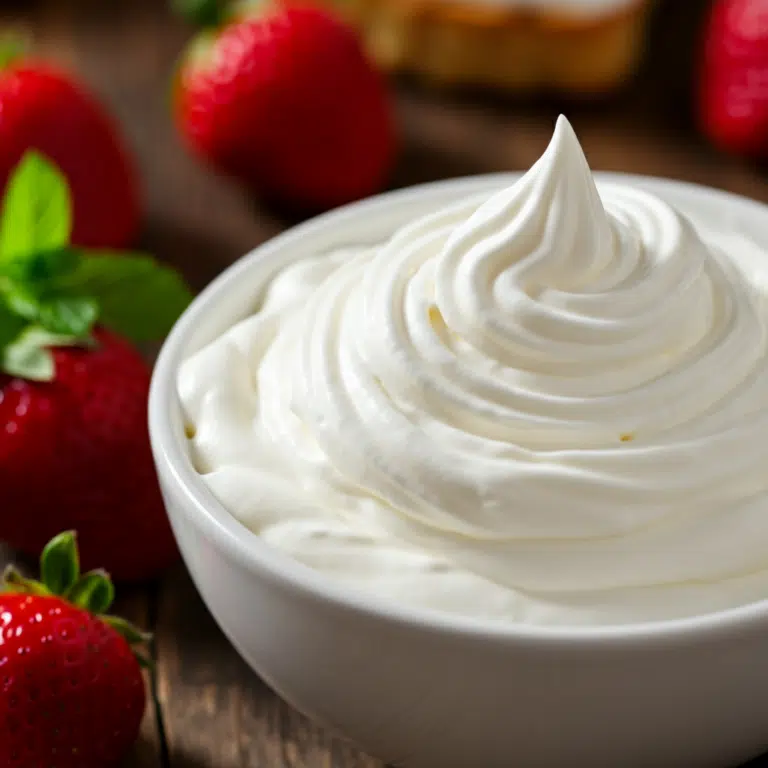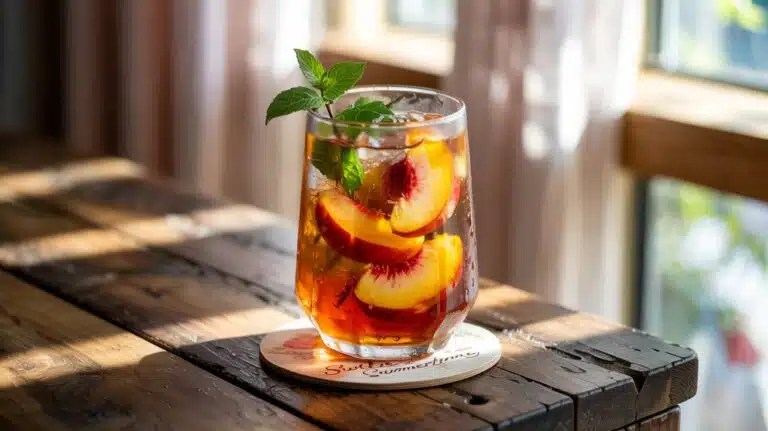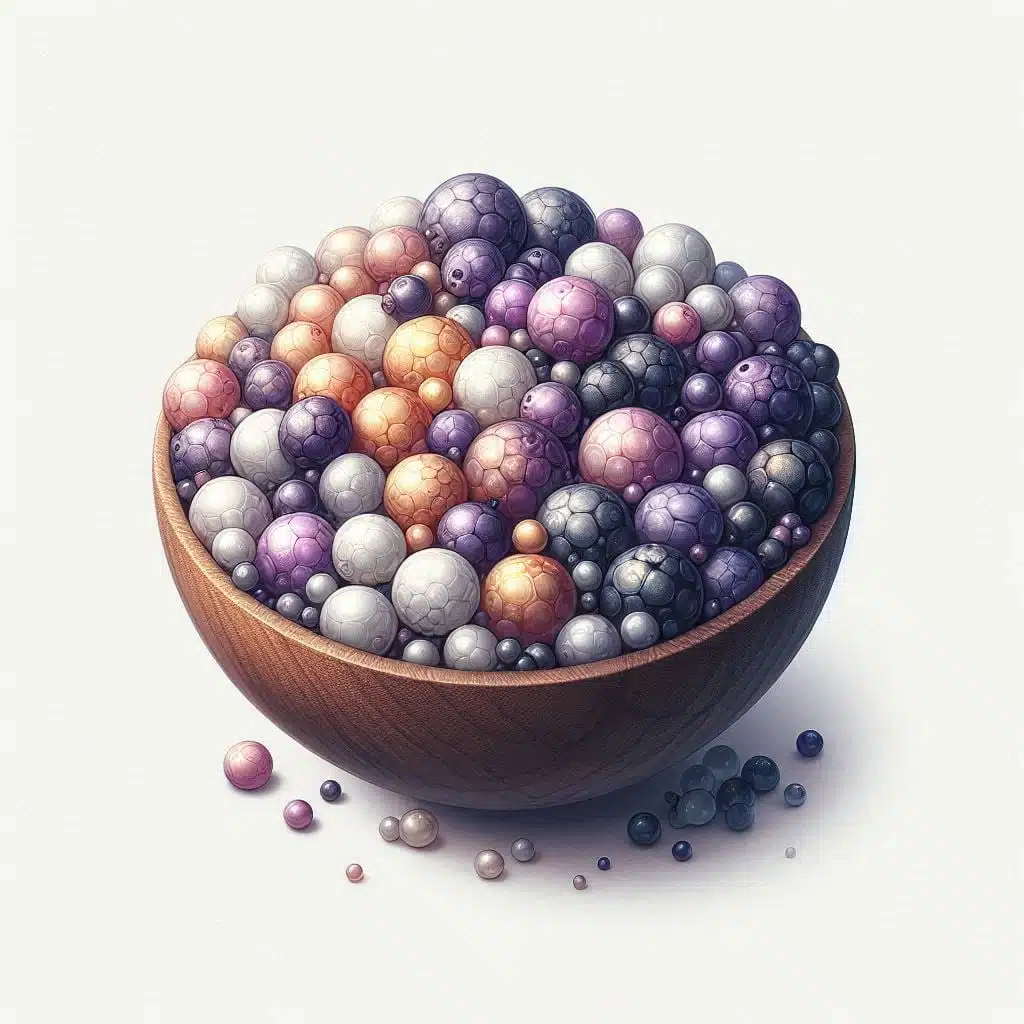Bubble tea, also known as boba tea, pearl milk tea, or tapioca bubble tea, has become a worldwide sensation. With its delicious combination of chewy tapioca pearls and flavorful tea, it’s easy to see why so many people love it. However, when it comes to bubble tea nutriment there’s more than meets the eye. While it can be a tasty treat, understanding the nutritional content of fruit tea is essential for making informed decisions.
Understanding Bubble Tea Nutriments
Bubble tea is often high in calories, primarily due to its sugar content, carbohydrates, and tapioca pearls. The base of the drink typically consists of brewed tea, sweeteners, and milk or creamers. The tapioca pearls, which are made from cassava starch, contribute to the high carbohydrate and protein content.
For many, bubble tea is an occasional treat, but for others, it can be a regular part of their routine. Whether you enjoy it daily or once in a while, knowing its nutritional value can help you get more calories and manage your overall diet and calorie intake.
The number of calories in bubble tea varies greatly depending on the ingredients used, including the type of tea, milk, sweeteners, and toppings.
Factors Affecting Calorie Content
Several factors impact the calorie content of bubble tea, and these can vary depending on personal preferences and menu options.
- Type of Tea:
- Green Tea: This variety is lower in calories and offers antioxidants. It’s a lighter option than black tea or herbal teas.
- Black Tea: Black tea tends to have a slightly higher calorie content due to the brewing process and its stronger flavor.
- Herbal and Fruit Teas: Herbal and fruit-based teas often contain fewer calories than creamy tea options, making them a better choice for calorie-conscious individuals.
- Sweeteners:
- Fructose: Many bubble tea shops use fructose as a sweetener. The percentage of sweetness on the menu (e.g., 50% or 100%) indicates how much sugar is added. Reducing sweetness levels can cut down on a significant portion of the drink’s calories.
- Milk Choices:
- Whole Milk: Adding whole milk increases both the fat and calorie content of the drink.
- Skim or Non-Dairy Milk: Alternatives like almond milk or oat milk can lower the calorie count, while also catering to lactose-intolerant or vegan individuals.
Limited Edition Deal! Smartwhip 640g – Now £26.95
Calorie Breakdown of Milk Tea Ingredients
The ingredients in bubble tea significantly influence its overall calorie content. Below is a breakdown of the key components typically found in a standard bubble tea:
- Tapioca Pearls: Approximately 50 calories per serving, but this can increase depending on the portion size and additional sweeteners, like hazelnut syrup.
- Tea: A basic brewed tea, without any added sugar or cream, contains about 10-20 calories.
- Creamer: Creamers, especially non-dairy powder creamers, add roughly 90 calories per serving.
- Fruit Juice: Some bubble teas include fruit syrups or juices, which can contribute around 90 calories per 4 pumps.
- Popping Boba: Popular in fruit teas, popping boba contains around 20 calories per serving.
- Toppings: Toppings like jelly, pudding, or extra tapioca can add anywhere from 50 to 200 calories depending on the portion size.
Healthier Options for Boba Milk Tea
If you’re looking to see how many calories to enjoy bubble tea without consuming too many calories, there are several ways to modify your drink:
- Choose Green Tea or Matcha: Green tea or matcha-based drinks are naturally lower in calories and provide antioxidants that are beneficial for health.
- Opt for Fruit Teas: Fruit-based teas, without added milk or creamers, are a lower-calorie alternative to traditional milk teas.
- Low-Fat or Non-Dairy Milk: Request low-fat milk, almond milk, or coconut milk to reduce the calorie count of your drink.
- Reduce Sugar: Ask for a lower sweetness level or no added sugar. Many stores allow you to customize the sweetness of your drink.
- Healthier Toppings: Instead of tapioca pearls, choose fruit or chia seeds, which are lower in calories and provide added fiber and nutrients.
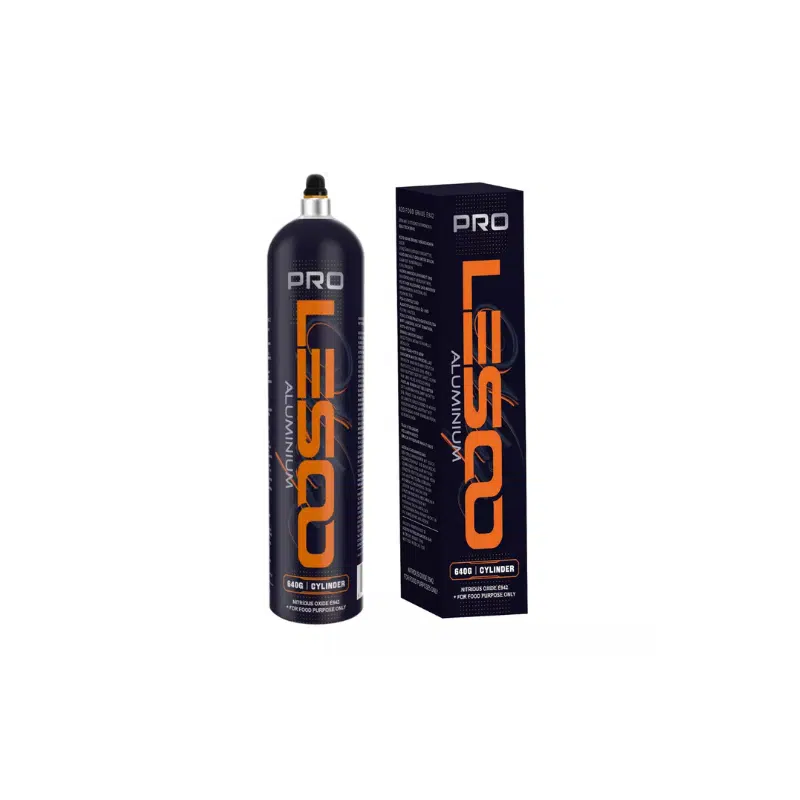
£27.50 Original price was: £27.50.£21.50Current price is: £21.50. inc. VAT
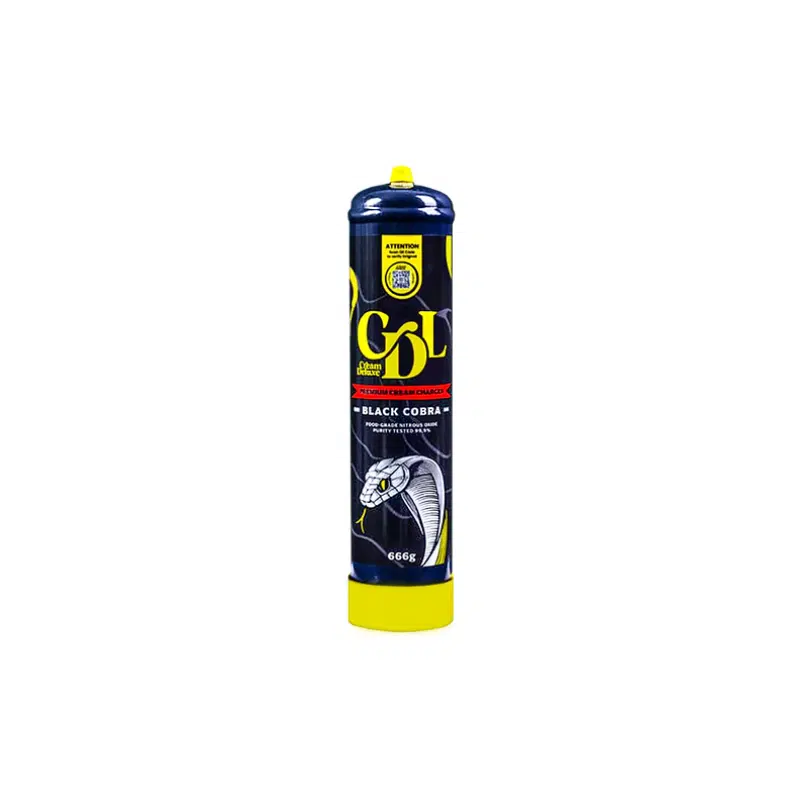
£26.95 Original price was: £26.95.£21.95Current price is: £21.95. inc. VAT

£23.95 Original price was: £23.95.£19.99Current price is: £19.99. inc. VAT

£29.95 Original price was: £29.95.£19.95Current price is: £19.95. inc. VAT

£77.95 Original price was: £77.95.£67.95Current price is: £67.95. inc. VAT
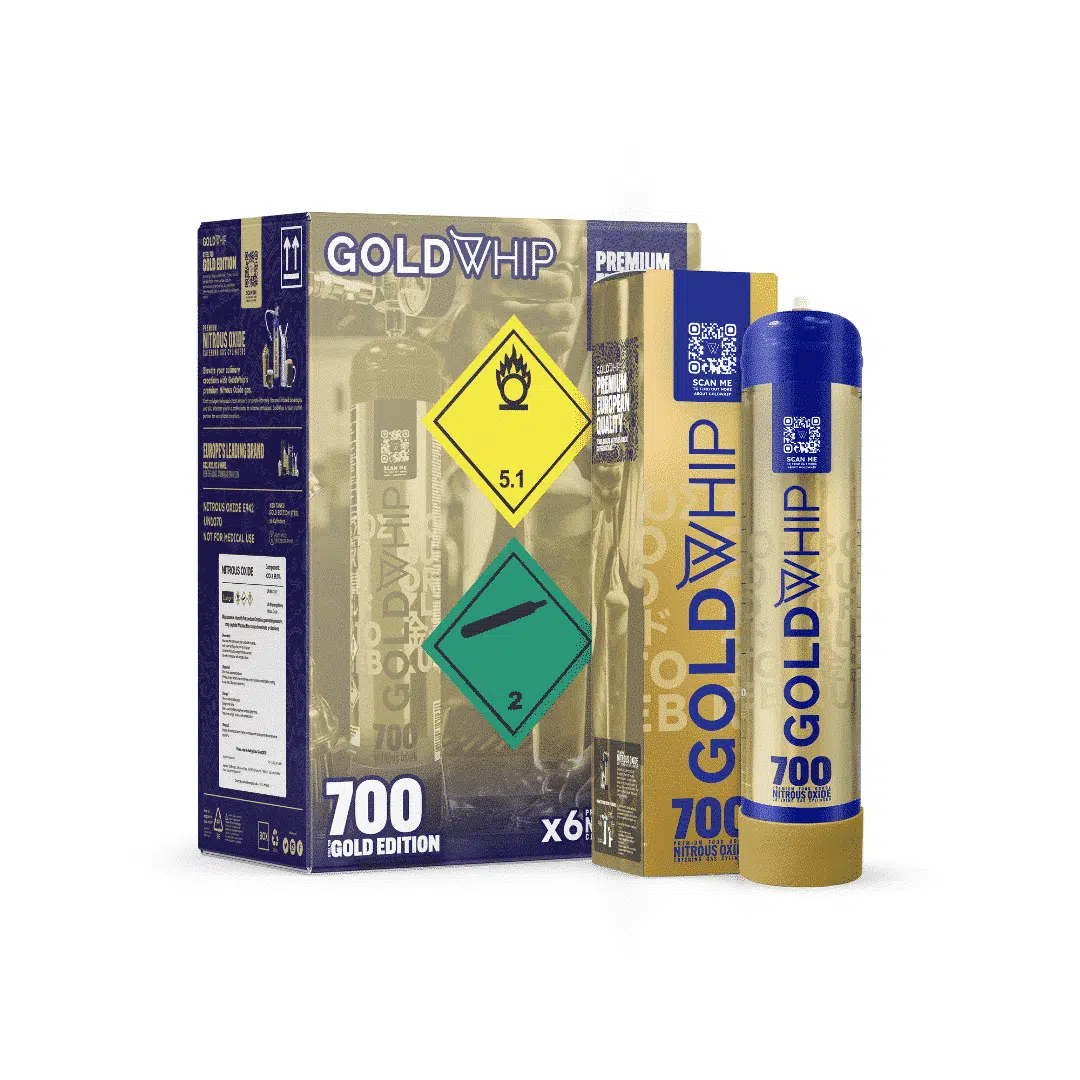
£27.95 Original price was: £27.95.£19.99Current price is: £19.99. inc. VAT

£24.98 Original price was: £24.98.£20.98Current price is: £20.98. inc. VAT

£36.95 Original price was: £36.95.£26.95Current price is: £26.95. inc. VAT
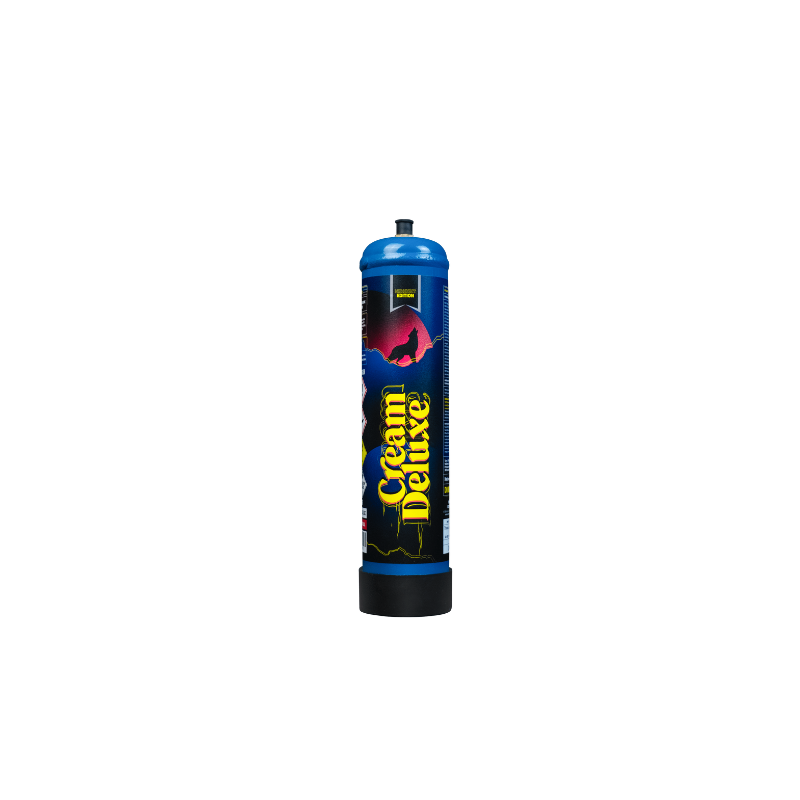
£24.95 Original price was: £24.95.£20.50Current price is: £20.50. inc. VAT

£35.00 Original price was: £35.00.£27.95Current price is: £27.95. inc. VAT
Managing Calorie Intake
While bubble tea can be a delightful and refreshing drink, it’s important to enjoy it in moderation. Here are some tips to manage your calorie intake:
- Order Smaller Sizes: Instead of opting for a large bubble tea, go for the standard size or even a small. This will naturally reduce your overall intake of calories and sugar.
- Skip High-Calorie Toppings: Tapioca pearls, while a key component of traditional bubble tea, are high in carbs and calories. If you’re looking to cut back, try skipping the toppings or selecting healthier options.
- Balance Bubble Tea with Other Healthy Foods: If you’re indulging in bubble tea, make sure the rest of your meals are balanced and nutrient-dense.
Common Misconceptions about Bubble Tea
There are a few myths surrounding bubble tea that need to be addressed:
- Bubble Tea Is Healthy: While it may contain tea, which has health benefits, bubble tea is not inherently a healthy drink. Its high sugar content makes it more of a dessert than a health beverage.
- Tapioca Pearls Are Nutritious: Tapioca pearls add texture but are largely empty calories. They don’t provide significant nutrients or fiber.
- Bubble Tea Can Fit into All Diets: Many bubble tea recipes contain dairy or animal-derived creamers, making it unsuitable for vegans or individuals with lactose intolerance unless they opt for plant-based alternatives.
Making Informed Choices
Making informed choices about your bubble tea order can help you enjoy it without overindulging. Be mindful of the type of tea, the amount of sugar, and the flavors and toppings used.
Opting for healthier variations, reducing sweetness levels, and balancing your consumption with a healthy diet can make bubble tea an occasional treat without derailing your nutrition goals.

